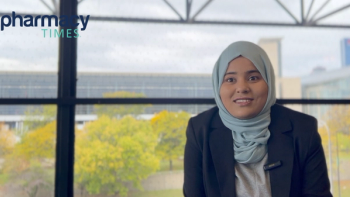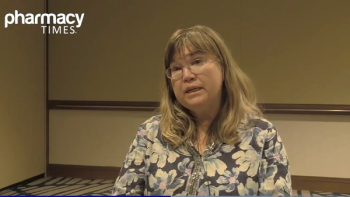
The Changing Face of Pharmacy and Society
The composition of our classes has changed in many ways.
As I began my pharmacy education in the mid-1970s I represented new diversity in the profession — I was a female student. My class was the first at the Auburn University School of Pharmacy to be comprised of 50% women; that was quite a milestone. Today, of course, that is no longer the least bit novel.
Over the decades since then, the composition of our classes has changed in many ways: older, second-degree learners mix with traditional first-degree students; and the mix of racial and ethnic backgrounds of PharmD students, graduate students and faculty members has changed significantly. AACP’s Argus Commission analyzed issues of diversity in pharmacy education in their 2012-13 report titled “Diversity and Inclusion in Pharmacy Education.”1
While documenting increased diversity, the Argus report reveals that our current student body and faculty composition does not yet reflect the growing diversification of the US population that our students are preparing to serve.
Inclusiveness is 1 of the 8 core values approved by the AACP Board of Directors as an update to our value statement in 2013. The accompanying phrase is that “All individuals have perspectives that we appreciate and represent in our work.” AACP leaders and staff do their best to live this value statement daily.
In July 2015, AACP’s incoming President Cynthia Boyle appointed the Task Force on Diversifying our Human Capital, chaired by Carla White from the University of North Carolina at Chapel Hill. They were given a 2-year timeframe to complete their work, and they will issue their final report and recommendations by June 2017.
The AACP House of Delegates unanimously approved the following policy statement in July 2016:
AACP recognizes that a diverse student body, faculty, administration, and staff contribute to improvements in health equity and therefore encourages member institutions to develop faculty, staff, pharmacists and scientists whose background, perspectives, and experiences reflect the diverse communities they serve. (Source: 2015-17 Taskforce on Diversifying our Investment in Human Capital)
In addition, the AACP Board of Directors also approved a corporate commitment to diversity and inclusion at its November 2016 meeting:
AACP affirms its commitment to foster an inclusive community and leverage diversity of thought, background, perspective, and experience to advance pharmacy education and improve health.
AACP recognizes that the increasing diversity of the population, and especially diversification of the segment of the population currently in K-12 and post-secondary education, demands more vigorous efforts to recruit and retain a more diverse student body.
To be fully successful, we must ensure that our faculty and staff are similarly diverse, and that the culture of pharmacy education is inclusive and welcoming. This extends beyond the classic considerations of race and ethnicity and encompasses diversity of all perspectives. To that end, a new position of Director of Recruitment and Diversity will be added to the AACP staff beginning this July.
While pharmacy has been identified through research as one of the most egalitarian professions2 there is still room for significant progress. It has only been a relatively short 40 years that female students were attracted to the profession in higher numbers than the population and, in my opinion, the profession has adapted effectively. It is with similar confidence that I believe we will achieve our objective of recruiting and retaining a sufficiently diverse student body so that 21st century patients will see themselves reflected in the pharmacists who serve them. It is in our collective best interest to work toward that end.
Lucinda L. Maine, Ph.D., R.Ph. is the Executive Vice President and CEO of the American Association of Colleges of Pharmacy.
References
1 Victor A. Yanchick JN, Baldwin, J. Lyle Bootman JL, et al Report of the 2013-2014 Argus Commission: Diversity and Inclusion in Pharmacy Education. Ameri J Pharm Educ. 2014; 78(10): Article S21.
2 Goldin C, Katz LF.
Newsletter
Stay informed on drug updates, treatment guidelines, and pharmacy practice trends—subscribe to Pharmacy Times for weekly clinical insights.



















































































































































































































